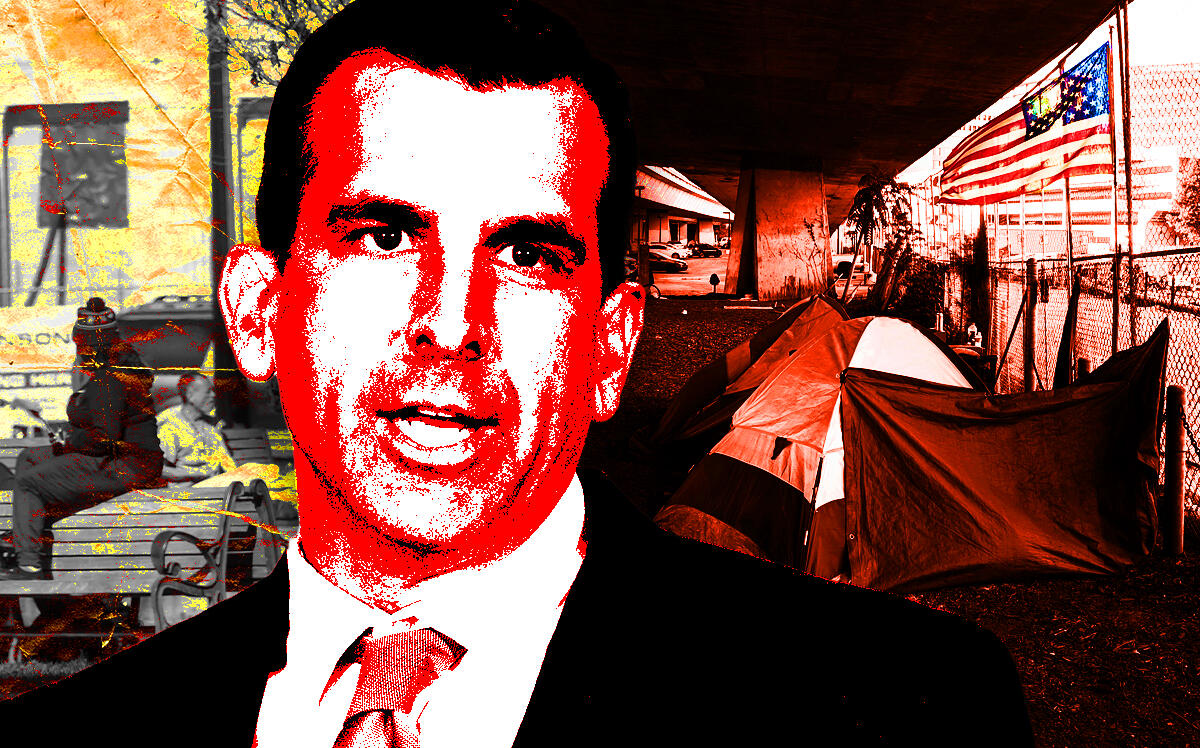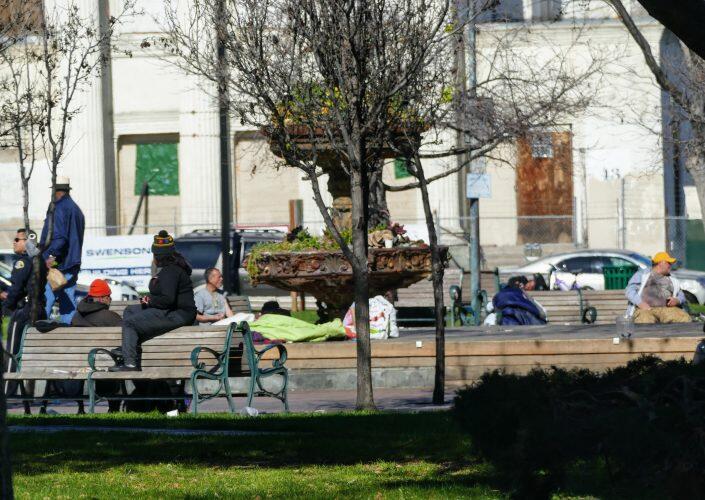Trending
San Jose mayor calls city’s homelessness crisis ‘greatest failure,’ shares plan to address it
The Silicon Valley city had more than 6,000 unhoused residents as of 2019, although that number is likely higher now due in part to the pandemic

San Jose Mayor Sam Liccardo called homelessness the city’s “greatest failure” during his penultimate “state of the city” address, calling for faster, cheaper, and more nimble solutions to address a problem he takes responsibility for.
San Jose’s population of unhoused residents jumped 42 percent from 2017 to 2019, according to the city’s 2019 homeless census analyzed by the Mercury News. Northern California’s largest city by population had more than 6,000 unhoused residents as of 2019, although that number is likely higher now because of the pandemic’s impact.
“I take responsibility for that failure and for every unhoused neighbor who is in camps, in our parks, our creeks, and our sidewalks,” Liccardo said during his virtual address on Dec. 23. “It certainly isn’t their fault nor the fault of any of the resourceful nonprofits or our staff, who have collaborated to help more than 4,900 unhoused residents find permanent housing since the beginning of this pandemic.”

Homeless people in San Jose’s city park (Photograph captured by Rob Urban for The Real Deal)
The inability to solve one of San Jose’s greatest challenges can be traced back to “the failure of decisions” based on the idea that “if we just keep doing the same things the same ways, eventually progress would come, contrary to the palpable evidence on our streets,” Liccardo said. He called on everyone to learn from the lessons of those failures and pivot toward faster, cheaper, and more “nimble” solutions while the city builds permanent housing. Among them: identifying more public land for so-called quick-build apartment communities, which are made out of prefabricated modular units.
Liccardo wants to see 1,000 of those units under construction or completed by the end of next year and another 300 motel rooms converted to permanent and interim housing by that time, he said during his address. He also plans to look for ways to further incentivize the city’s neighborhoods to take part in addressing its homelessness crisis, although he didn’t give specific examples.
Finally, he and the city intend to encourage the construction of more accessory dwelling units, also known as backyard homes; better inform residents about the availability of affordable housing in San Jose; and build denser housing near transit hubs, citing the city’s partnership with Google to build 4,000 apartments in the area around Diridon Station, 1,000 of which would be rent-restricted and affordable.
Still, it’s unlikely that all of the potential solutions Liccardo outlined in his speech will put a dent in San Jose’s homelessness crisis by the time his term ends next year; it will likely take several years for all of those planned apartments around Diridon Station to come online, for example.
“For all of our challenges, San José’s future has never shone brighter,” Liccardo said. “The opportunities for San José are the envy of every other city in the nation.”
[San Jose Mercury News] — Matthew Niksa




